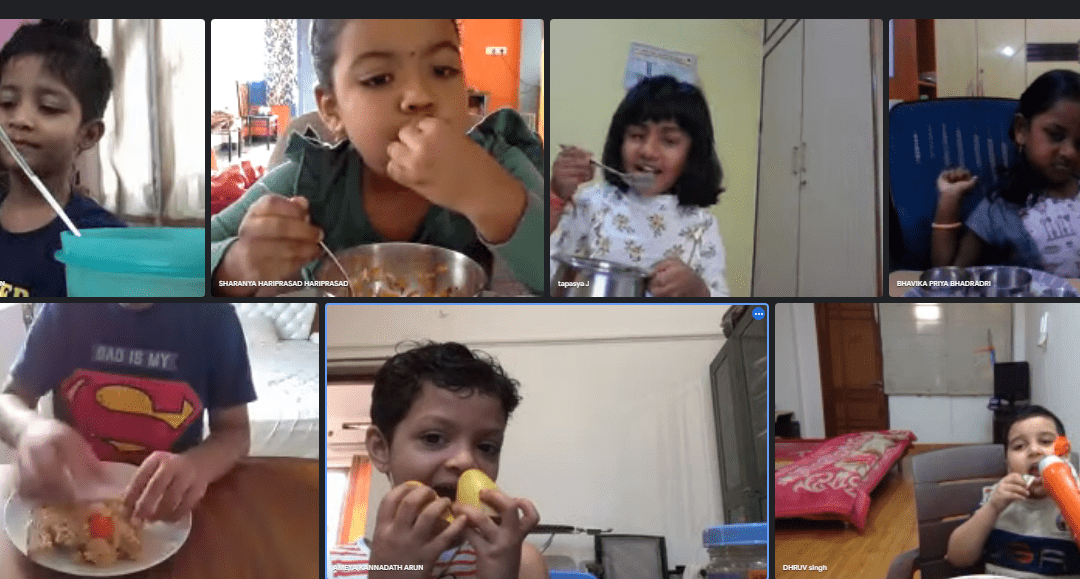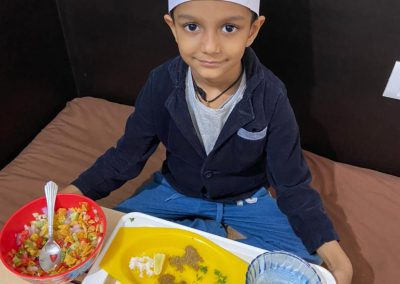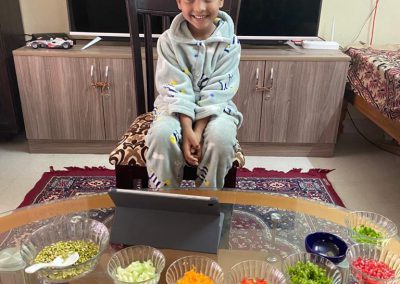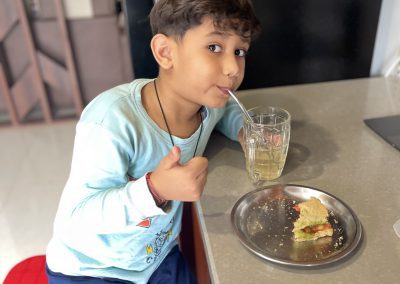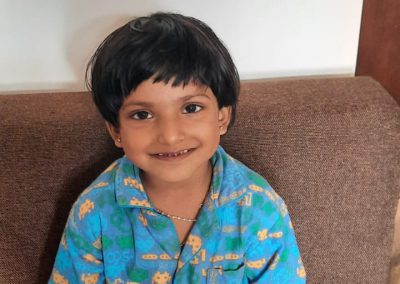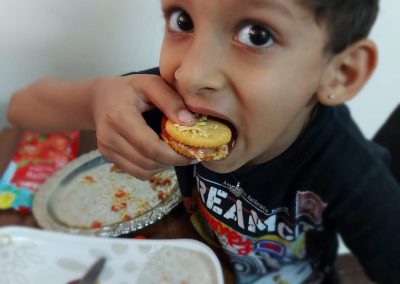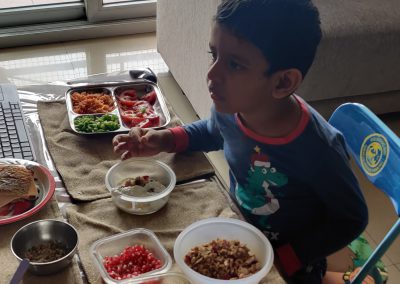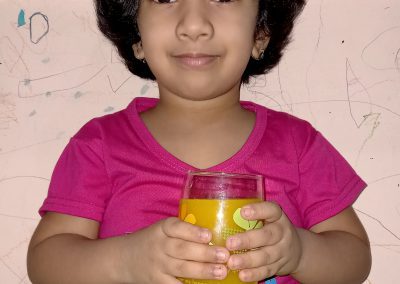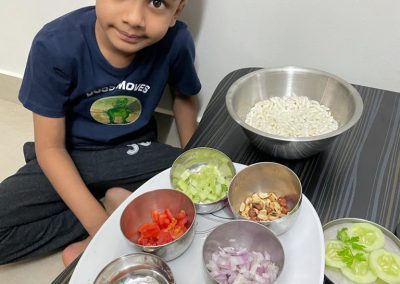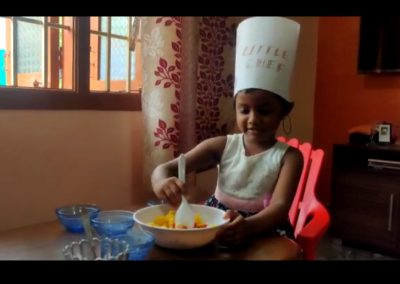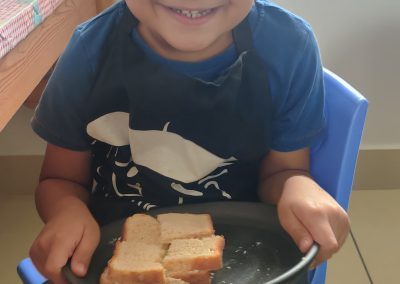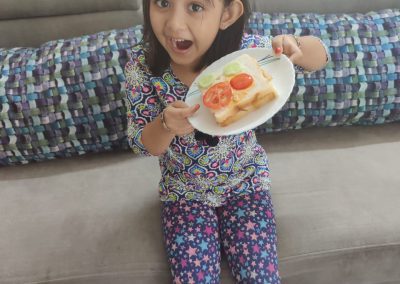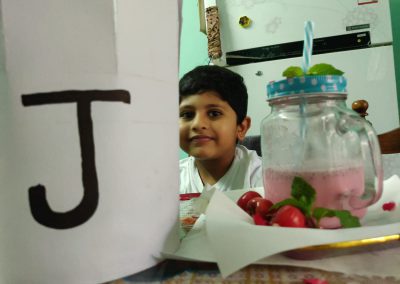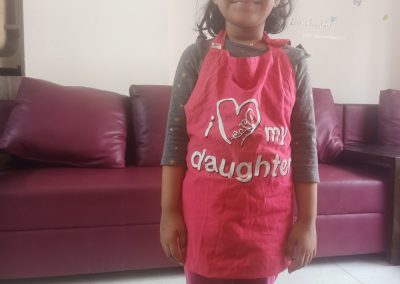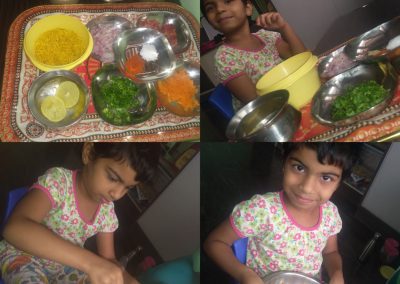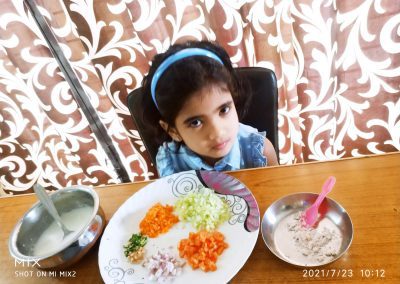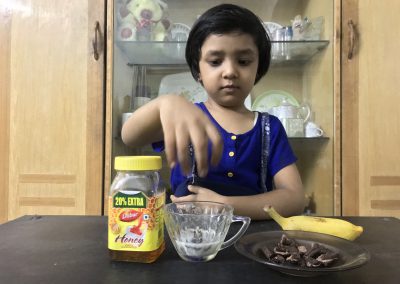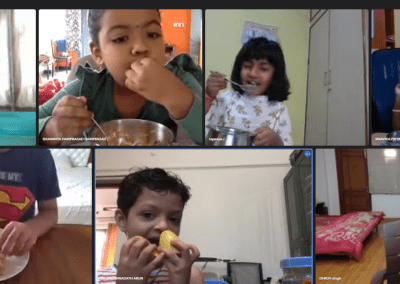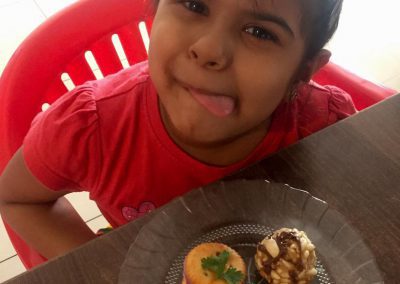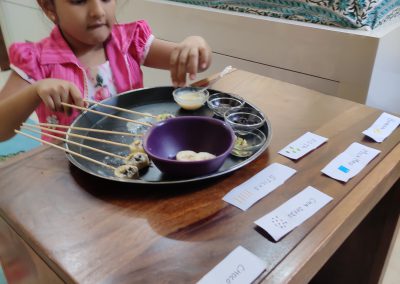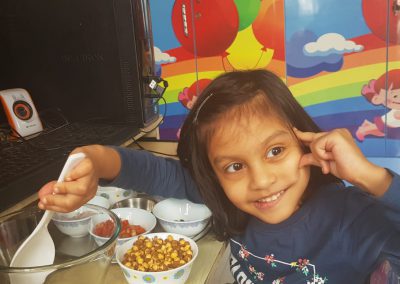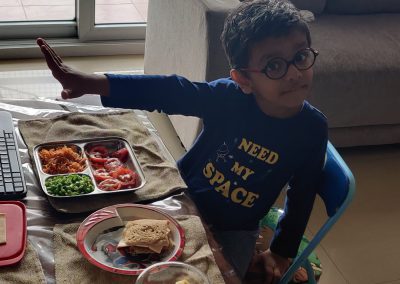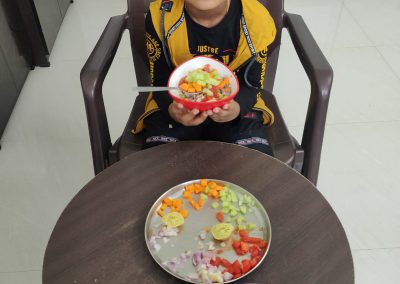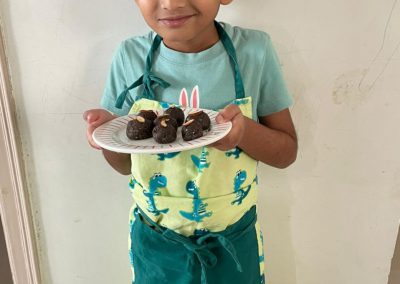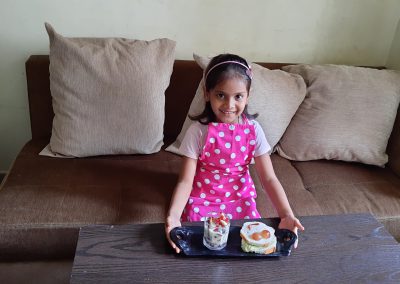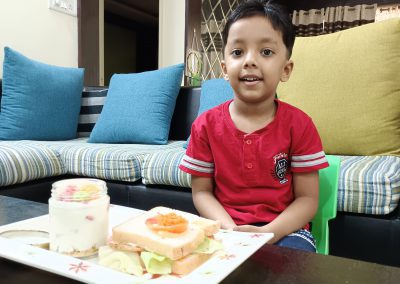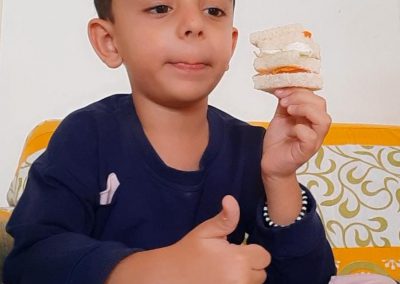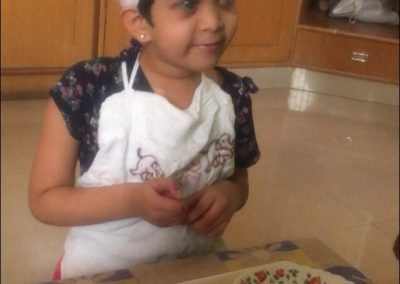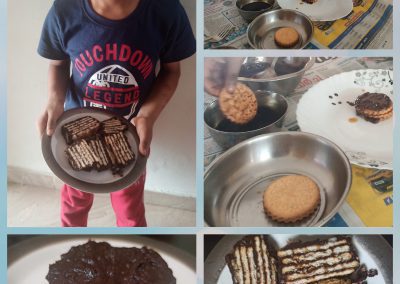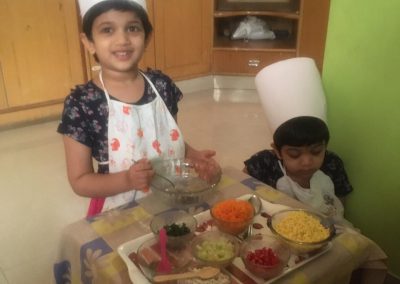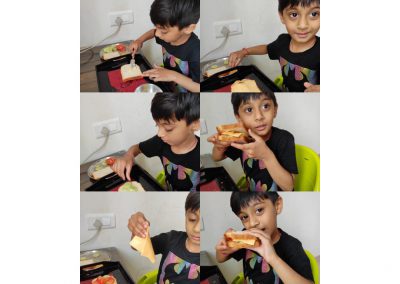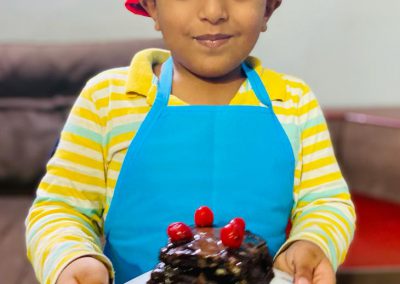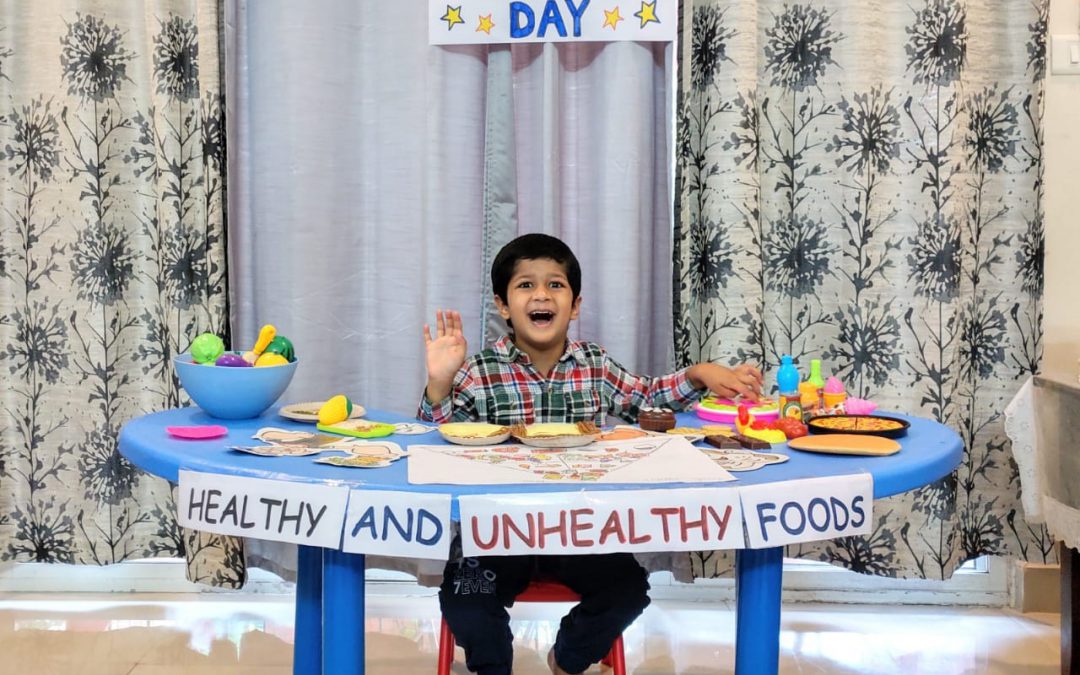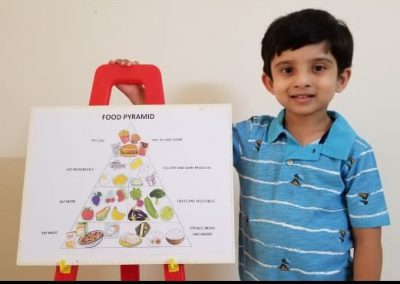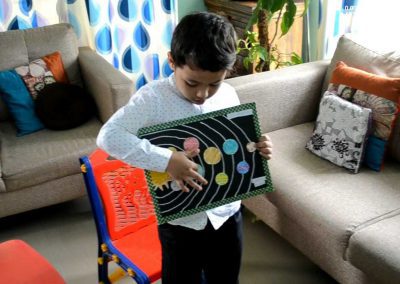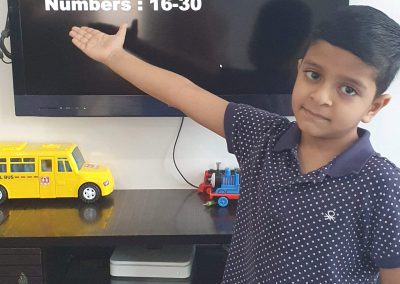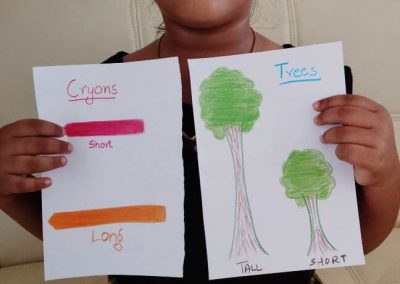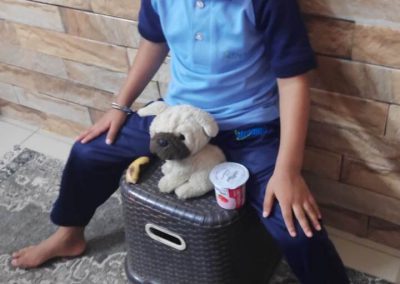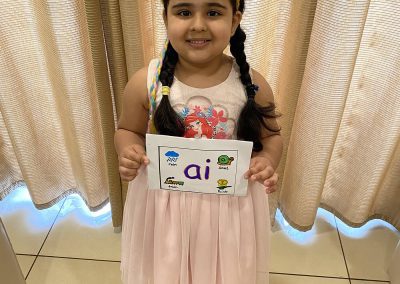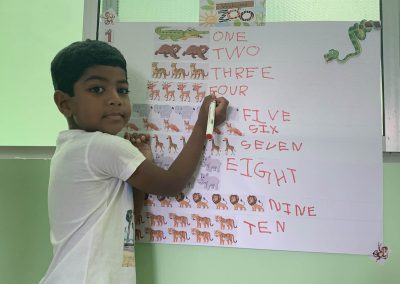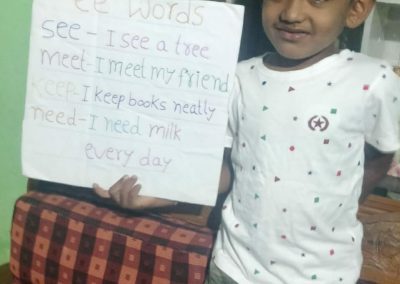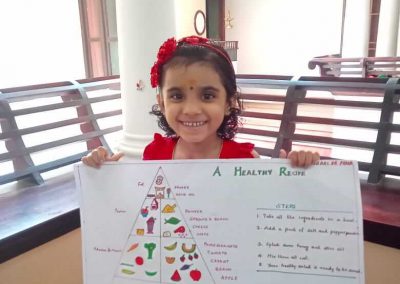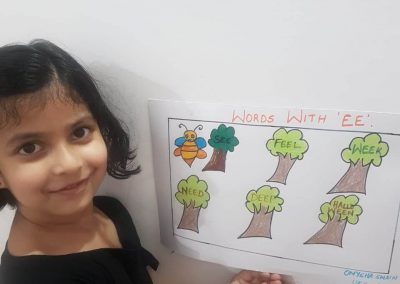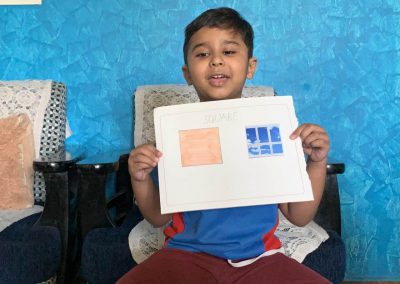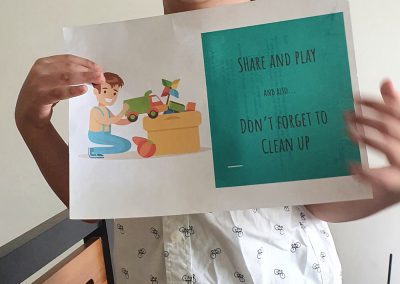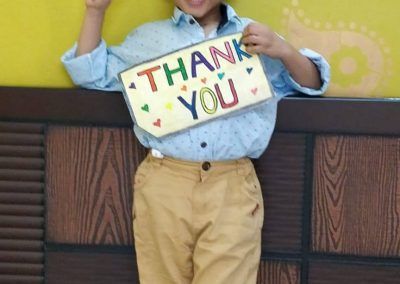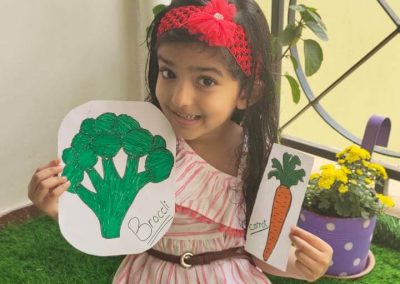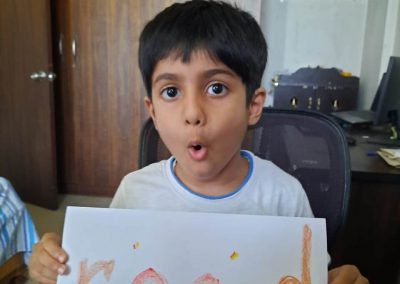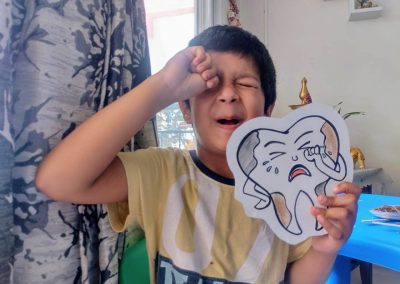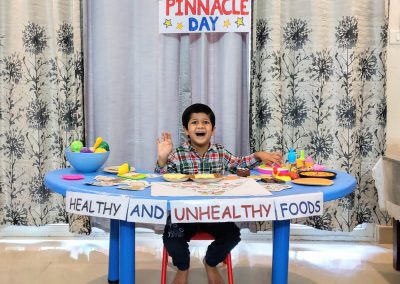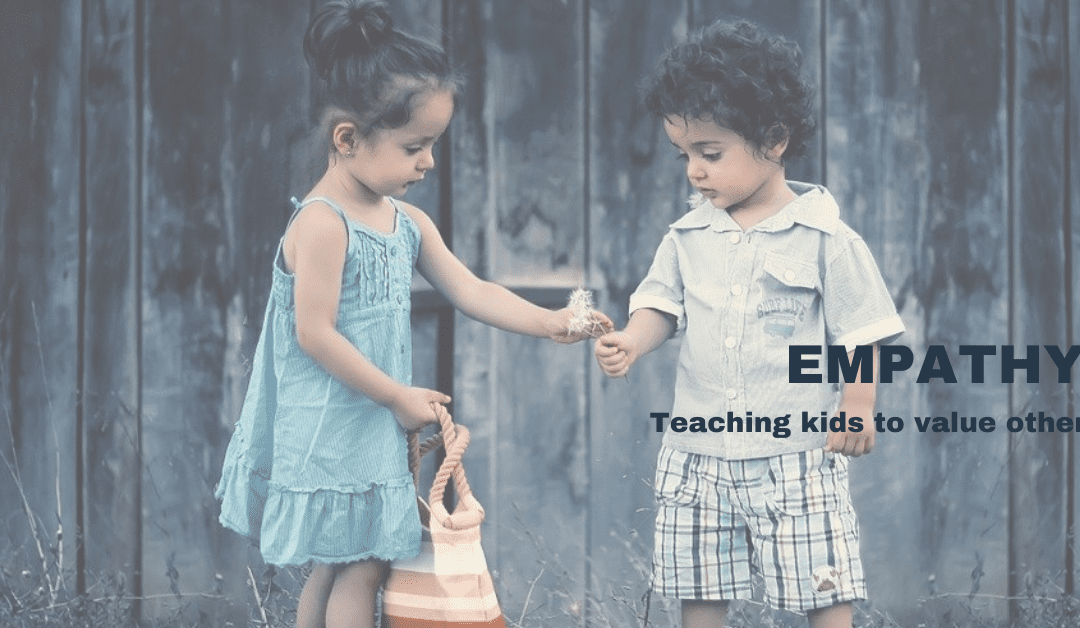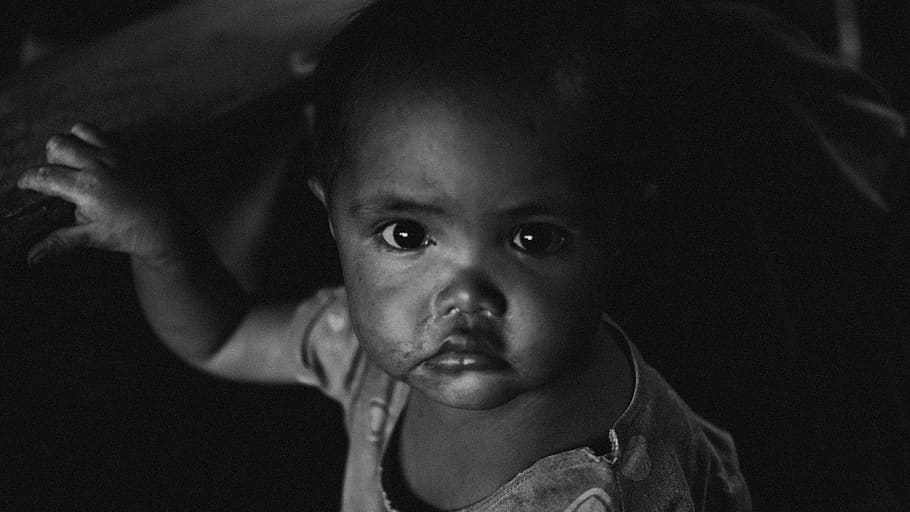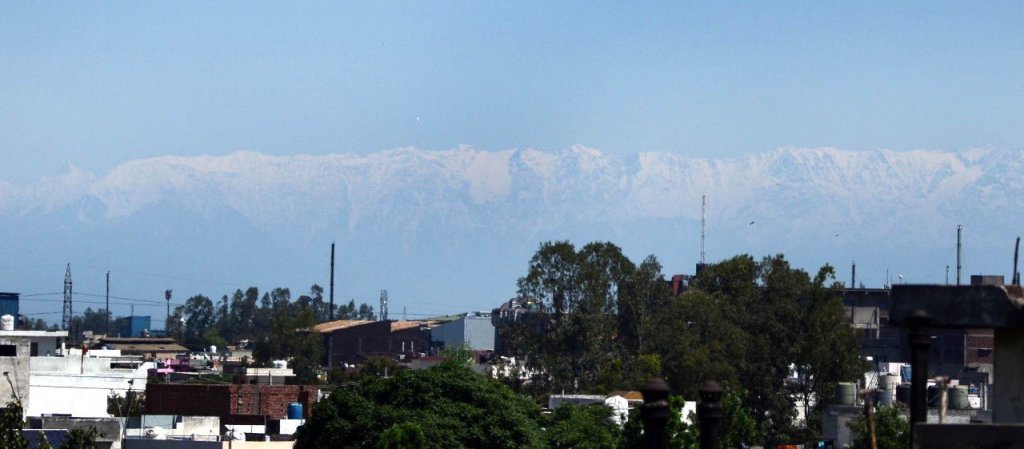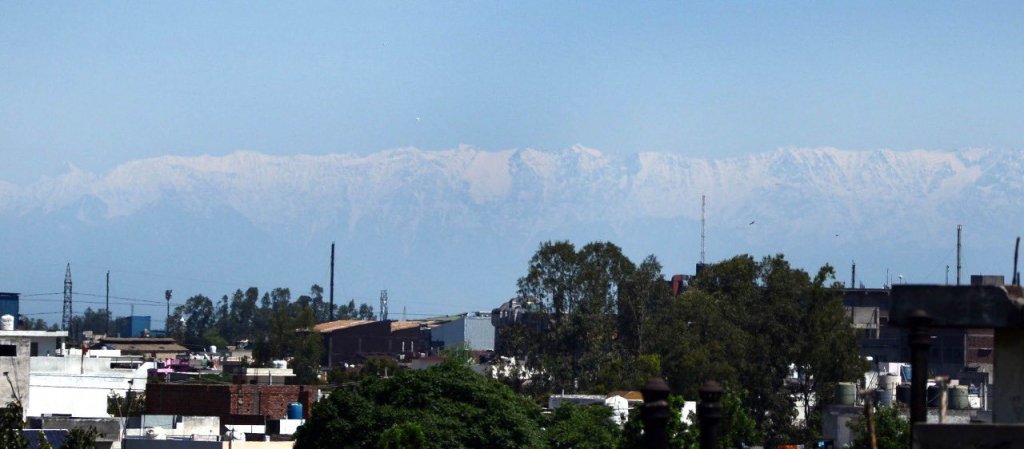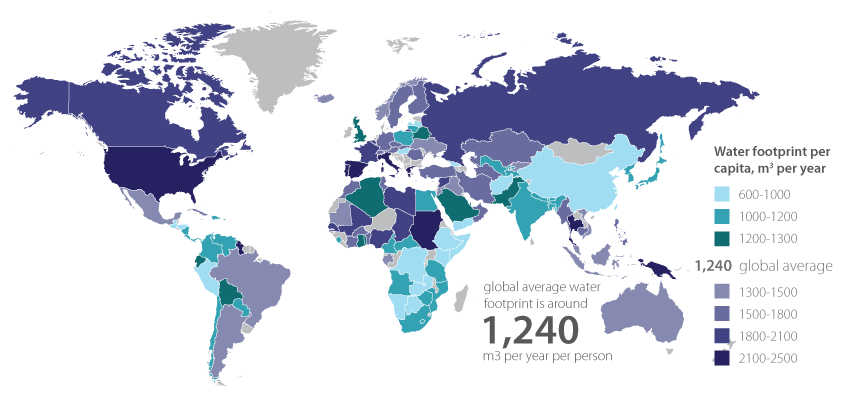Yemen- The world’s worst Humanitarian Crisis
Growing up, my mom would always tell me that I shouldn’t waste food,
that there were so many other people with an astronomical lust for just
one proper, fulfilling meal. I’d smirk and brush off her comments as
though they meant nothing. Today, I understand the egregious fault of
my ways.
As I write this, Yemen is on the brink of famine. In the country, the
current level of hunger is unprecedented as it continues to prove a heavy
hardship, despite receiving ongoing humanitarian assistance.
Over one-quarter of the 30 million population has been classified as
malnourished. Over 3 million women and children are prominently
malnutritioned and food insecure. Yemen is extremely fragile and any
disruption in the pipeline of critical supplies such as food, fuel and
medicines has the potential to bring millions of people closer to starvation and death.
Can you imagine waking up everyday hoping you would get at least a
single piece of bread to sustain you? Living in a state of constant distress
where you are so horrifically in need – need, not want of food that it is the
sole influence that controls your existence?
The global pandemic – Coronavirus – has affected us all. Schools and
offices have shifted online, theatres, malls and restaurants have been
shut down, social distancing has been implemented and we just simply
don’t leave our homes without wearing a mask. This is our new normal.
But while we face minor disruptions, Yemen is undergoing a worsened
contour of what was already the hub of the largest humanitarian crisis.
With 3.6 million internally displaced people, the nation’s medical facilities
have been left in tatters, on top of which a cholera outbreak has sickened
some 2.3 million Yemenis, killing nearly 4000.
When Abdulla Bin Ghooth saw the computed tomography scan of the
lungs of a colleague’s brother, he knew the outlook was grim. Despite
complaints of a fever and shortness of breath; hospital staff, afraid of the
novel coronavirus, sent him home with an oxygen cylinder. He pleaded for
aid, but to no avail. The man was never tested and died at home 3 days
later.
“Perhaps no country is more vulnerable to COVID-19’s depredations than
Yemen. Even before the virus’ arrival, the country was grappling with the
largest humanitarian crisis in the world as a result of a civil war now
grinding into its sixth year” says Jens Laerke, a spokesperson at the UN.
This virus could be the straw that breaks the camel’s back.
To further make this situation worse, the UN is running out of cash
donations from member countries as they battle COVID-19 on their own
turf. WFP is facing a significant funding shortfall, they urgently need US$
878 million to ensure uninterrupted food assistance for the next six
months (June 2020 to December 2020).
“A famine is a widespread scarcity of food, caused by several factors
including war, inflation, crop failure, population imbalance, or government
policies,” the boy read out to his class. “Good, we’ll continue with
draughts next class,” the teacher announced. The entire room, oblivious
of it’s true sentiment, dispersed for lunch hurriedly as the bell rang.
Complaining about memorising this for his exam, the boy laughed with his
friends as they sat collectively around the lunch table, trading their food.
Simultaneously, one of 360,000 kids that didn’t receive the treatment she
needed to battle acute malnutrition was gone. Just as unfairly as she was
introduced to the world, her only memories of which were- the globe
being an ocean with a constant circumlocuting tide of overwhelming
hunger, fear and inequality. Her family mourned, but continued to starve
themselves. Their indignance dissipated to desperation.
However, the state in Yemen has not yet been declared a famine, but
make no mistake, the living standards of the citizens are subjected to
exactly that of an alarming crisis. “If we wait for famine to be declared, it
will already be too late as people will already be dying”, a statement by
humanitarian aid read.
16 million people are in need of basic healthcare and/or do not have
access to safe drinking water. Two in three Yemenis, regularly don’t know
where their next meal is coming from. Every three in four Yemenis, need
help. Half of which are children. “Yemen is one of the worst places to be a
child” the UN said.
Imagine laying eyes on your child, caressing the bones that so
significantly stand out on her chest, having to make sure that you don’t
accidentally so much as touch the tube through which your daughter is
being fed, because god forbid that her source of sustenance was
somehow disrupted; while you, yourself suffer some sort of
malnourishment, as the rest of your family does. Despite not having
enough energy to walk, hopelessly yearning for a job just so you could
provide for your baby girl who has now overcome malnourishment, only
to contract tuberculosis. Imagine having to sell all earthly possessions for
a spoonful of rice. You can’t envision that? Well, that’s exactly what
Rahmah, 6-year old Alaa’s mother goes through everyday.
It is easy to sit at our home and hurt over matters such as these. It is
easy to pray for them, considering the privilege we have been bestowed.
All the while, we continue to cavil over trifling inconveniences. It is not a
social trend to post about their truly precarious lifestyle. It is unnerving to
turn oblivious to such a catastrophe as you notice other people have
stopped talking about it. It is not ‘noble’ or ‘considerate’ to bring this up
in a conversation, but to take no action.
We are blessed, it is time we recognise that and it is definitely time that
we invest our synergy into mitigating our blessings so that we can make
others capable of persisting, exploring and breaking the cycle of making
unjust memories of iniquity. They should have the ability to start a new
chapter. Their capacity to anticipate and write their own and ‘he/she lived
happily ever after’, should be just as much a latitude, as ours is.
Actions speak louder than words. Make your actions count !
By Manya Dubey
